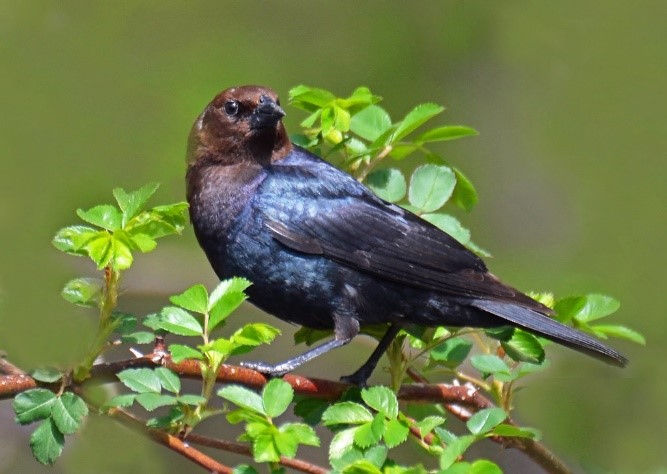

DeBary Wildlife
There are so many plants and animals to be seen here in DeBary! Whether you are adventuring on the trails, enjoying one of our parks, or simply relaxing in your backyard - there's a lot of nature to be seen.
Birds

The Bobolink, meaning, "rice feeder," travels on average 12,500 miles each year during migration. Although Bobolinks are typically most active during the day, you may see them feeding at night in the DeBary area as they get ready for their flight over the Gulf of Mexico. Photo by Kelly Colgan Azar

Anhingas live in shallow freshwater lakes, ponds, and slow-moving streams. They enjoy resting on logs near the water's edge for drying and sunning themselves. When in the air, they frequently fly high in the sky, riding on thermals much like raptors and vultures. Photo by Diana Robinson

You can catch a glimpse of a Yellow-Rumped Warbler in the area during the winter months and their favorie snacks are sunflower seeds, raisins, suet, and peanut butter.

You will never find a Brown-headed Cowbirds' nest in DeBary (or anywhere)! These birds do not make nests and instead the females lay their eggs in other birds' nests and leave the other bird species to raise the young cowbirds. Photo by Acrylic Artist

A Summer Tanager's favorite snacks are bees and wasps! The bird catches these insects mid-flight and kills them by beating them against the branch and removing the stinger before eating.

Common Grackles look slightly taller and longer than a typical blackbird. You can find them walking around your lawn or in noisy groups high in trees. Photo by Cuatrok77

Want a Red-Winged Blackbird to visit your lawn? spread grain or seed on the ground since this is where the bird prefers to feed and their favorite snacks are mixed grains and seeds. Photo by DaPuglet

Despite being the most commonly hunted bird in North American, the Mourning Dove still remains one of our most abundant birds in the U.S. population.

Did you know that large pebbles are sometimes found in the Double-crested Cormorants nests? The Cormorants treat these rocks as eggs.
Plants

Button Bush is a shrub flower that thrives in wetlands and along wetland edges. The seeds of these plants were known to be used by Native Americans as buttons on their clothing - hence the name! The stems of these bushes have also historically been used for numbing purposes (although not recommended and may cause other potential issues).

Loved by butterflies, these long-lived perennials are a popular addition to a Florida wildflower garden. Their native habitat is along floodplains and marshes, so plentiful water is a must for the Blue Flag Iris

Florida Bellflowers bloom in early to late summer and are often found in marches and swamps. This purple flower (or weed), may also be caught popping up in your DeBary lawn.

In most places, Pentas are summer annuals however these flowers can be seen blooming multiple times a year here in Florida! Pentas can also be thrive as a houseplant.

Also known as the Butterfly Weed, the Milkweed Flower makes a great native plant for your DeBary garden! These plants will attract Monarch Butterflies, Queen Butterflies, Soldier Butterflies and native bees!




















